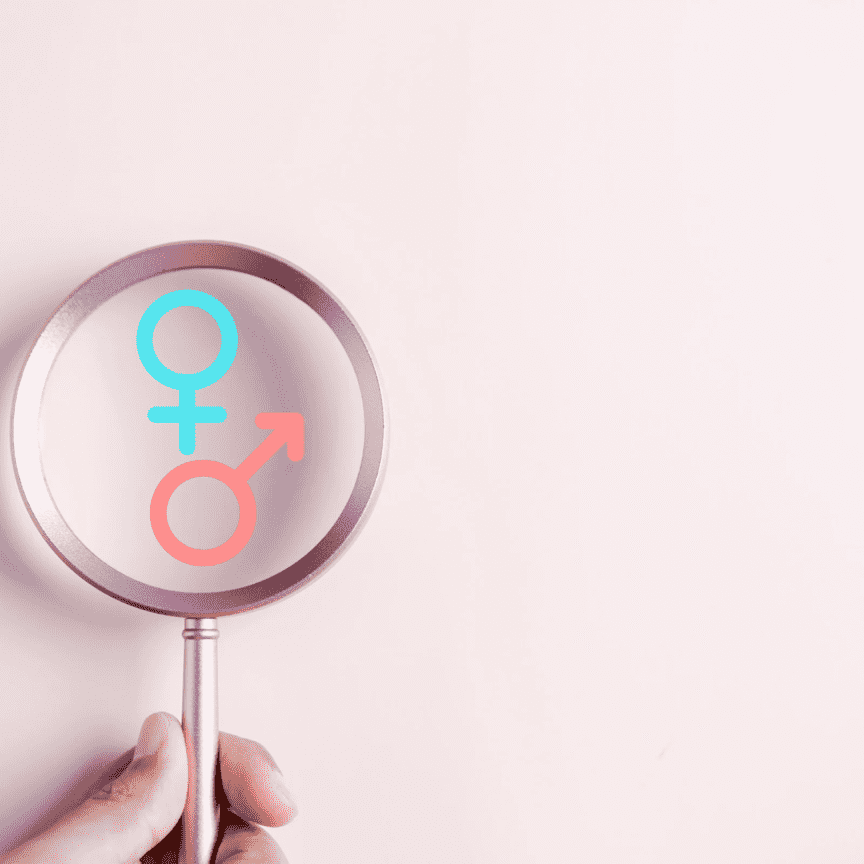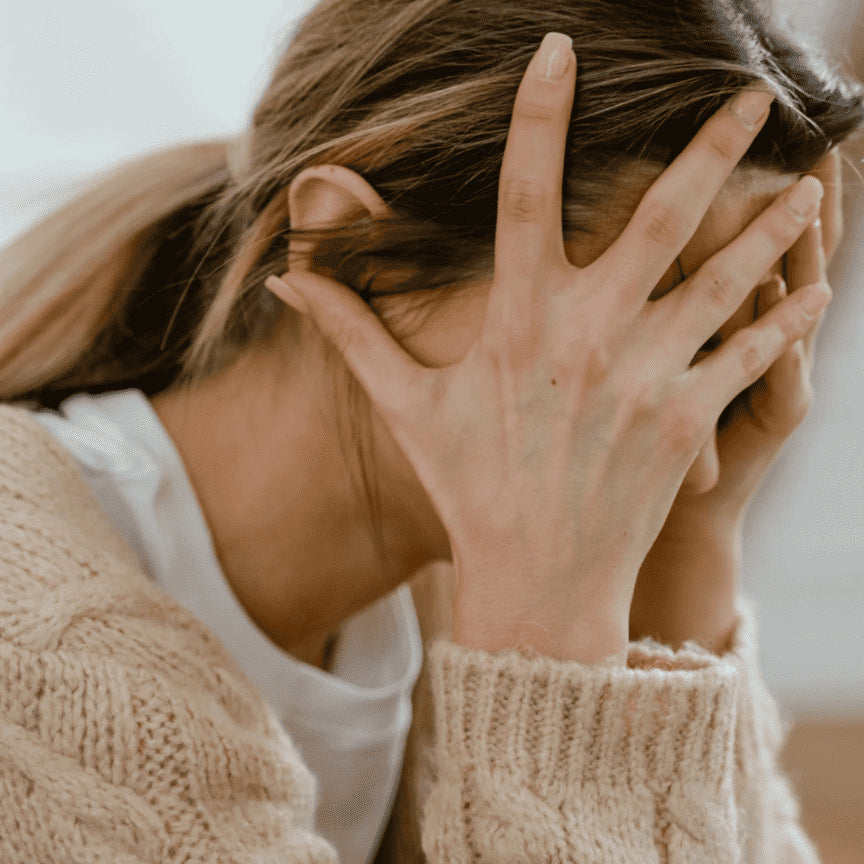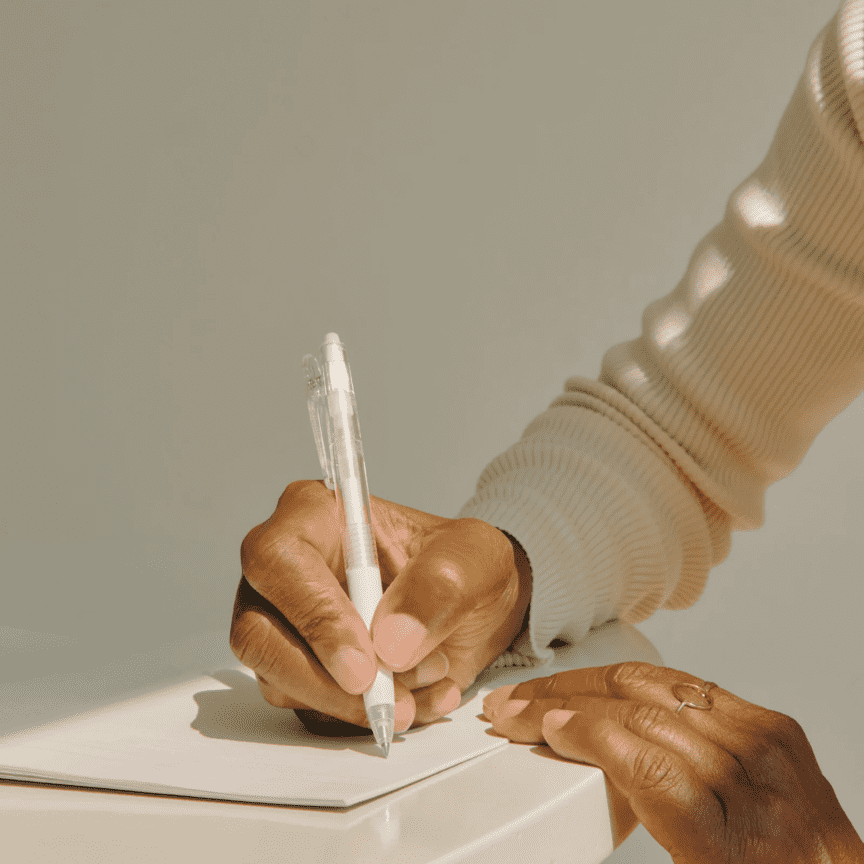It is crucial to discuss women's issues not only on occasions like International Women's Day, when everyone is actively posting and talking about inequality, but also on a daily basis.
Gender inequality is not just a moral and social concern; it poses a significant economic challenge. Closing the global gender gap would unlock substantial economic potential.
There has been positive progress on various fronts: the overall gender pay gap has decreased, with more women now occupying higher-paid occupations. Additionally, there is a decline in gender inequality in political representation. Notably, girls are surpassing boys in academic performance, and women exhibit a higher likelihood of enrolling in higher education compared to men.
Global Gender Disparities: A Persistent Challenge
However, progress towards gender equality has been limited since 2015, with significant gaps persisting. Evidence indicates that, rather than progress, gender equality has regressed in the aftermath of the Covid-19 pandemic.
Unpleasant but noteworthy data reveals a global disparity: women perform three times more unpaid care work than men. This is exemplified by the widespread reality of the "double shift," particularly evident in China, where women not only work outside the home but also bear the majority of household responsibilities. On average, Chinese women dedicate nearly nine hours daily to work, with only half of that time being compensated. In certain countries like India, the gender gap in unpaid care work is even more pronounced, with women taking on almost ten times the responsibilities of men in this regard.
In the United States, women continue to shoulder almost twice the burden of unpaid care work compared to men. Also in the UK, women face disparities in the workforce. They are 50% more likely than men to be employed in low-paying jobs and 20% more likely to remain in such positions for over ten years. This trend contributes significantly to the country's gender pay gap, with women occupying a disproportionate number of lower-paying roles. Even within industries where women constitute a significant portion of the workforce, men are still more likely to hold senior positions.
The UK Government's report on Equality reveals that, currently, women tend to enter the workforce with higher qualifications on average compared to men but earn less per hour. Despite achieving higher educational success, women often face barriers to career advancement, are more likely to be employed in lower-paying industries and occupations, and accumulate less pension wealth. Consequently, among the 1.7 million people facing financial difficulties in retirement, 70% are women.
Don't forget that within the realm of healthcare, a striking gender disparity persists as only 4% of research and development funding is allocated to women's health. This obvious inequality contributes to what is known as the gender health-gap, a manifestation of institutionalised sexism within the healthcare system. As a consequence, women often experience inadequate service and outcomes compared to their male counterparts. This discrepancy underscores the urgent need for a more equitable approach to healthcare research and development that adequately addresses the specific needs and concerns of women.
Regrettably, the prevailing cultural attitude poses a challenge. A mere 23% of Britons, according to a 2021 survey, perceive gender inequality as one of the most serious forms of inequality in Great Britain.
Gender and Racial Disparities
Inequalities between genders become even more pronounced when combined with racial inequalities. For instance, Black girls face a rate of permanent exclusion from school that is double that of white girls. Additionally, candidates from ethnic minorities need to submit 60% more job applications than their white counterparts to receive an equivalent number of call backs.
A recent report revealed that in the UK Black women are still four times more likely than white women to die in pregnancy and childbirth.
One aspect of the UK's history that raises concern is the progression since the Suffragettes' monumental efforts to secure women's voting rights. While women now have the right to vote, the question arises: how well are they represented in parliament? Currently, women make up 30% of the Cabinet, with seven female ministers. The peak representation of women in the Cabinet was 36% between 2006 and 2007.
International comparison
In a global context as of February 2023, there were 19 women serving as Heads of State and another 16 as Heads of Government. Countries like Rwanda, Cuba, and Nicaragua boast the highest levels of female representation in these roles.
Despite notable progress in addressing gender inequality, we remain significantly distant from achieving fair treatment and equal opportunities for women globally. This issue is a profound moral and social concern that demands serious and continuous attention. The journey towards equality requires more than annual recognition, it necessitates persistent efforts every day to create a world where gender no longer dictates one's opportunities and rights. Therefore, let's keep the conversation going and continue striving for gender equality every day, not just one day a year. Together, we can work towards a fairer and more equitable society.
As I conclude, know that you are not alone on this path to better health and wellness. Your journey is unique but together we form a community of strength and support.
Let’s thrive together,
Cristina x
Some resources with infographics:
https://commonslibrary.parliament.uk/research-briefings/sn01250/






